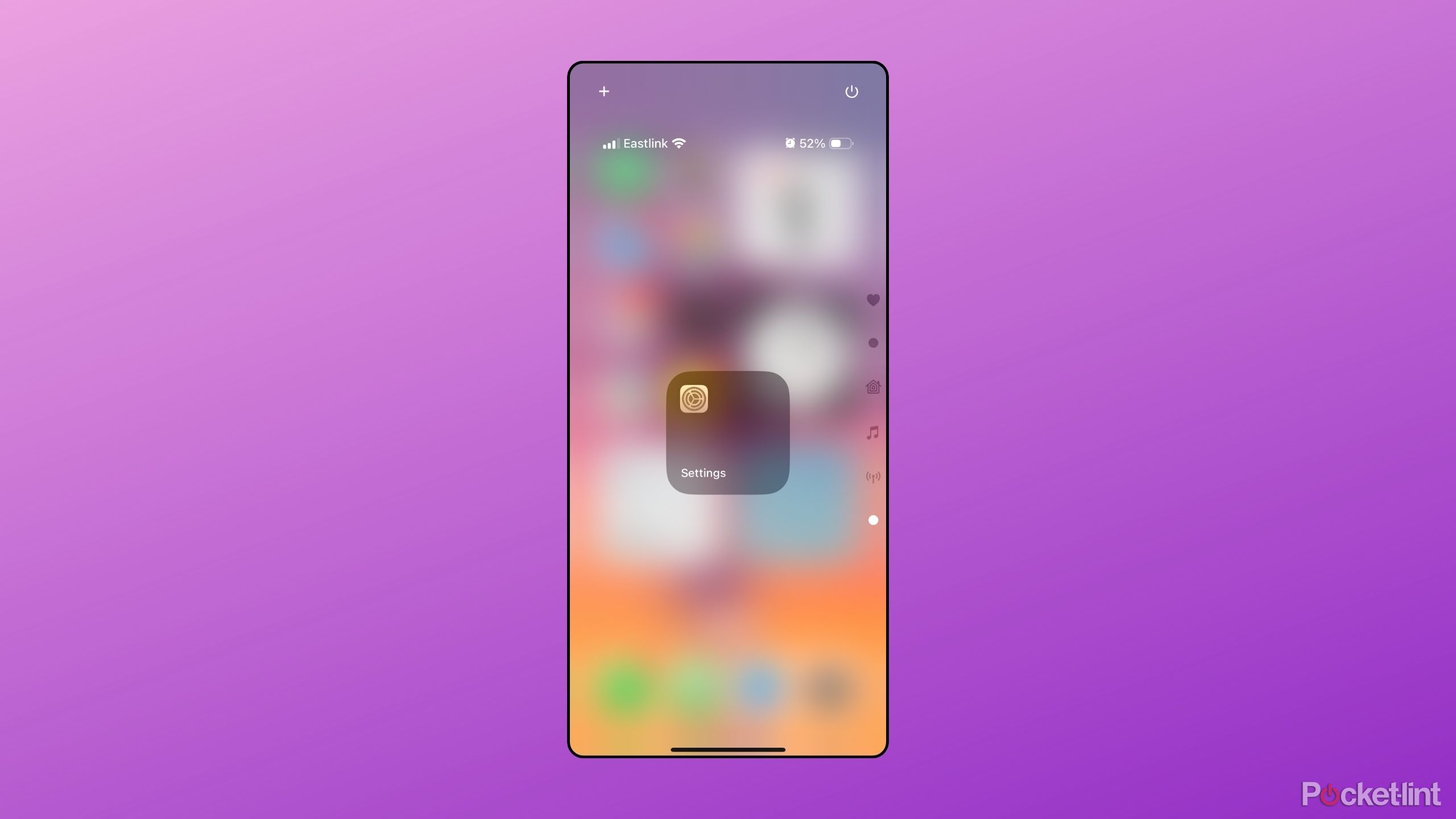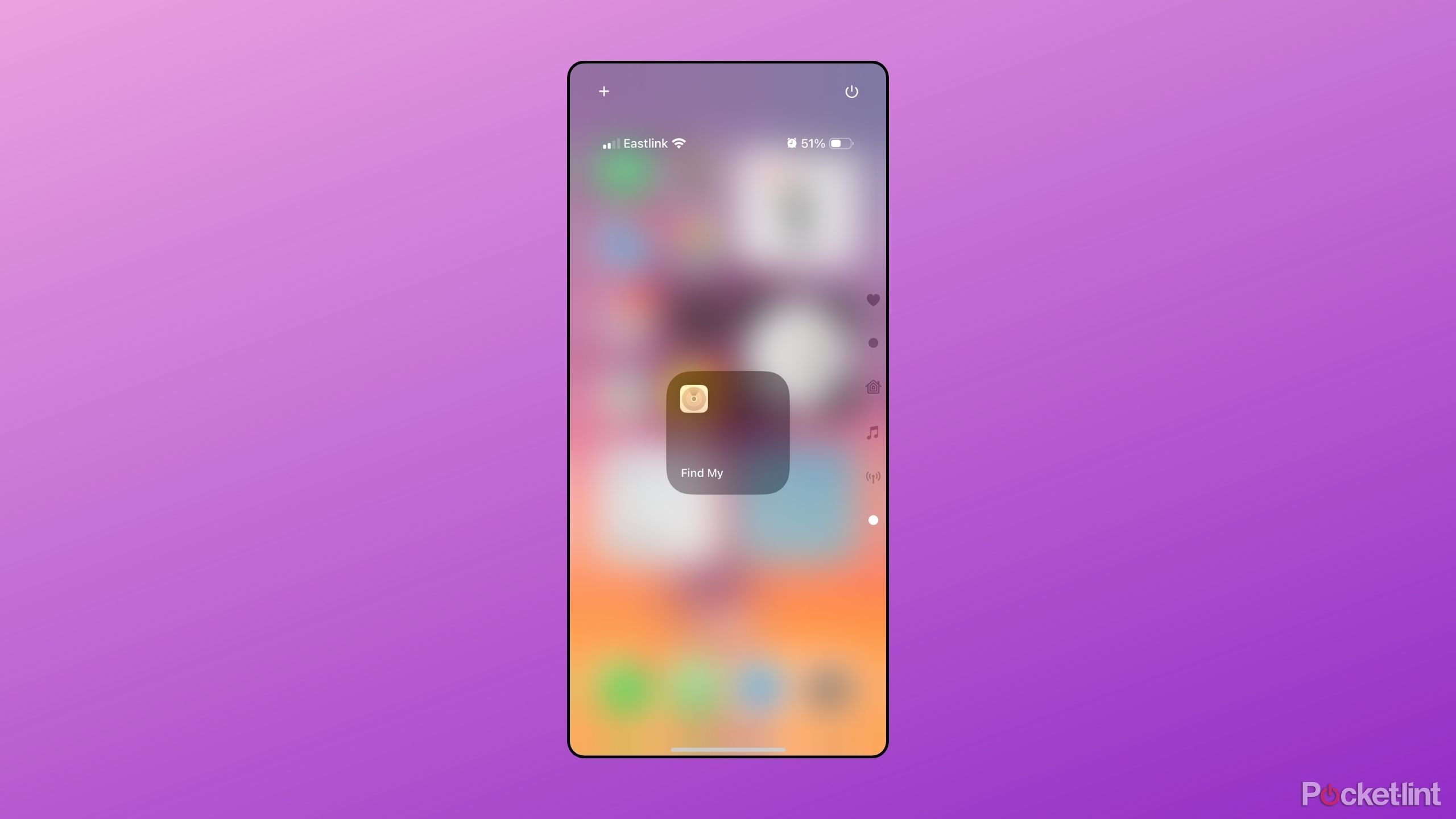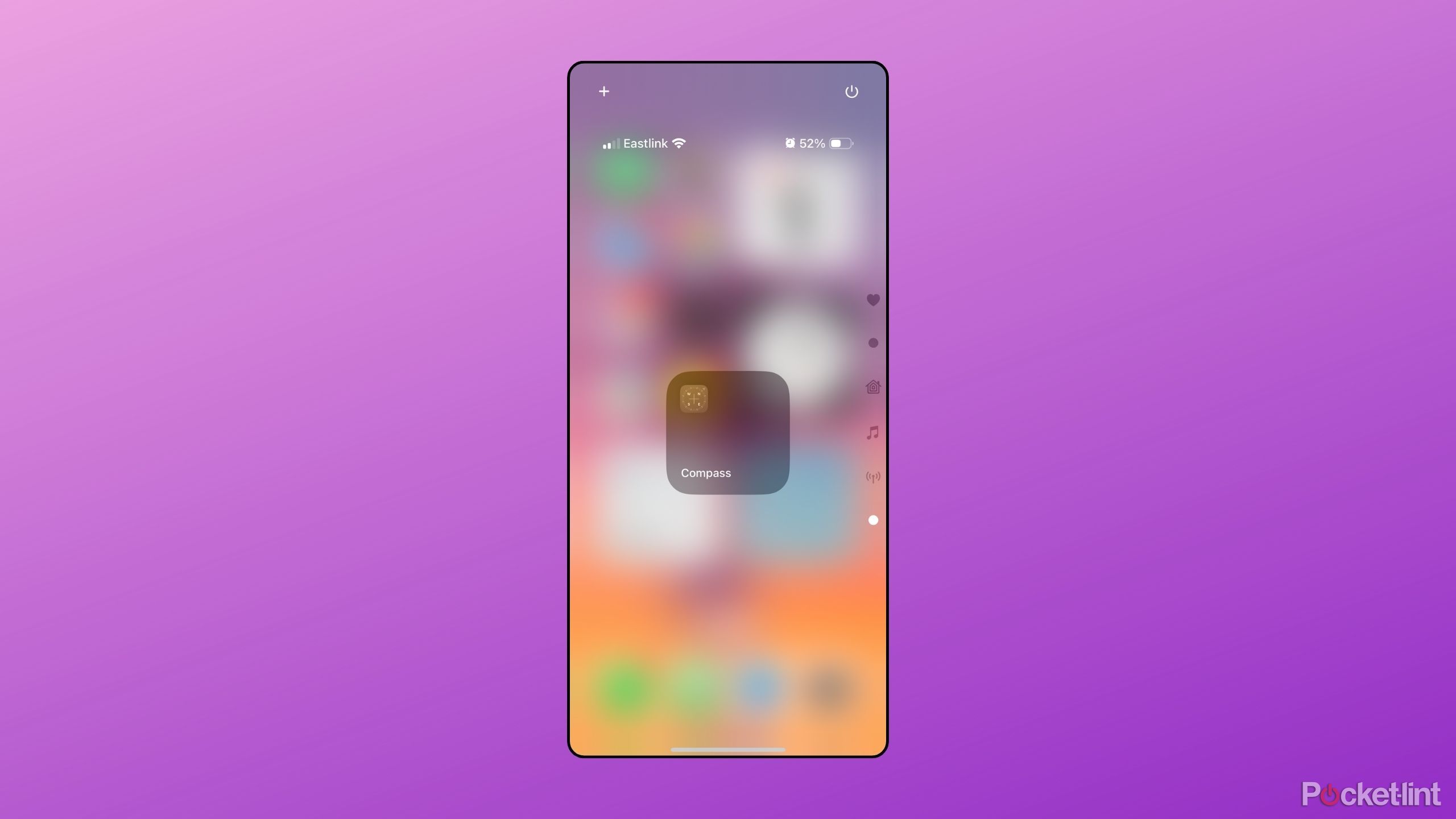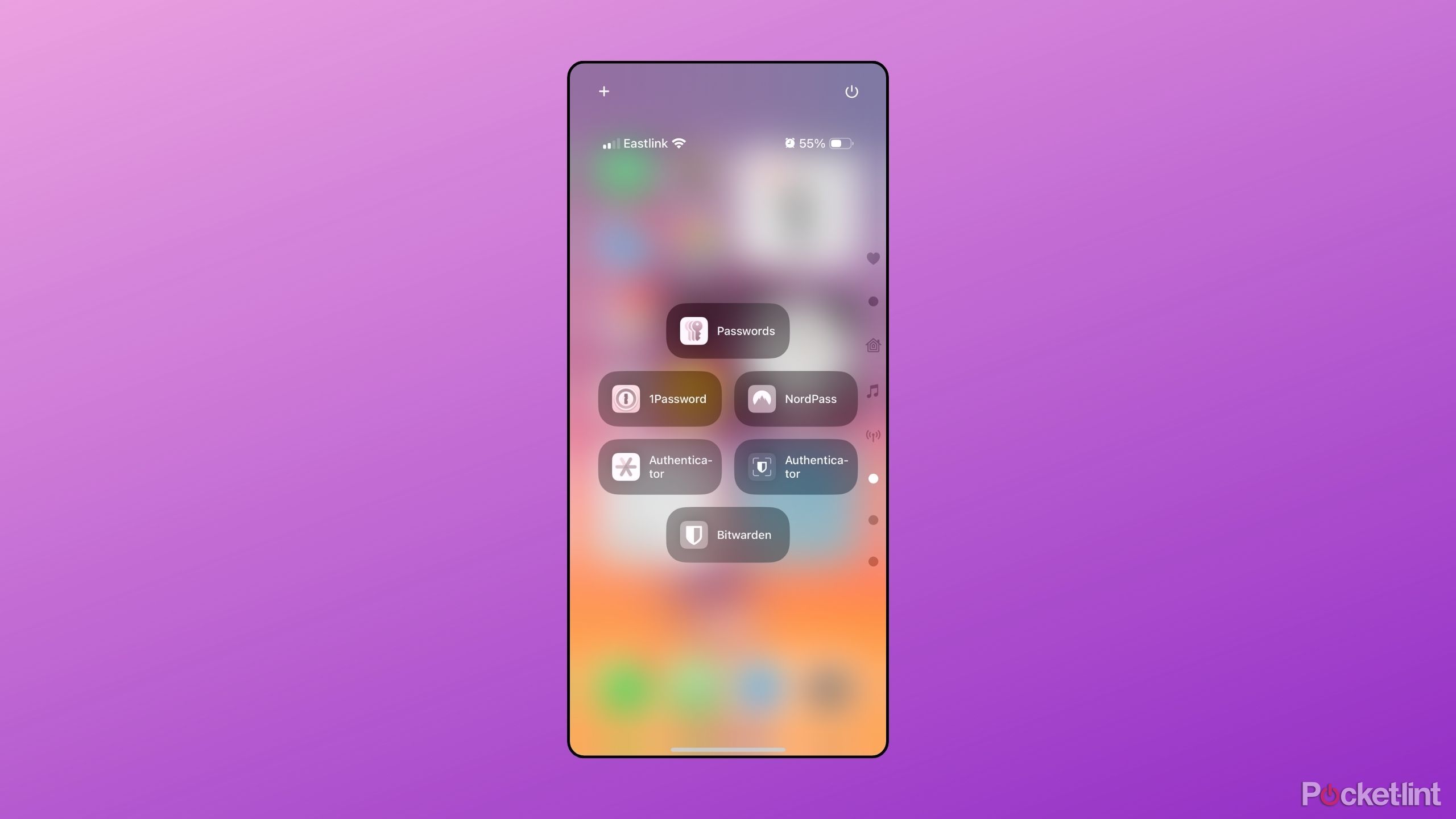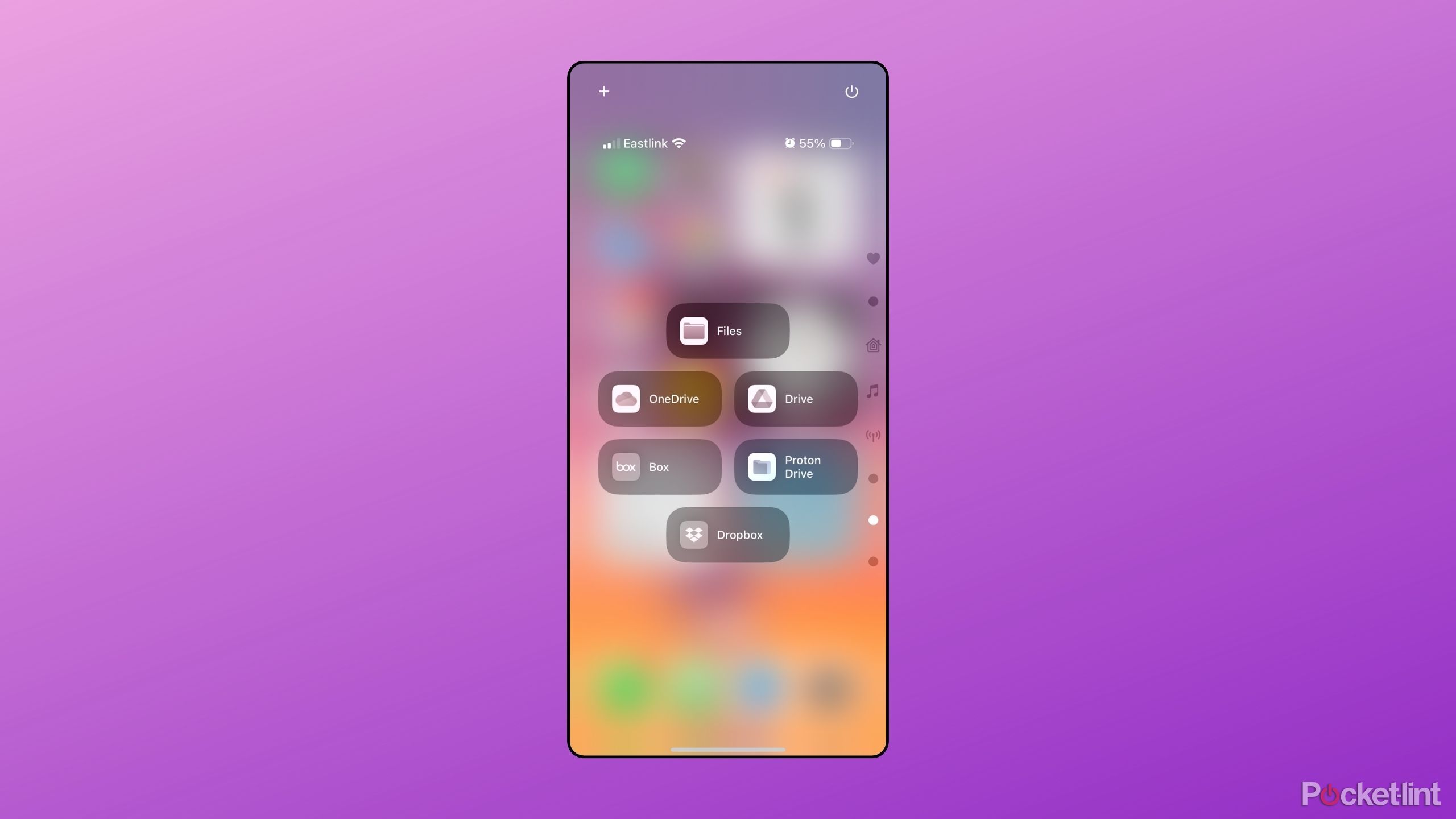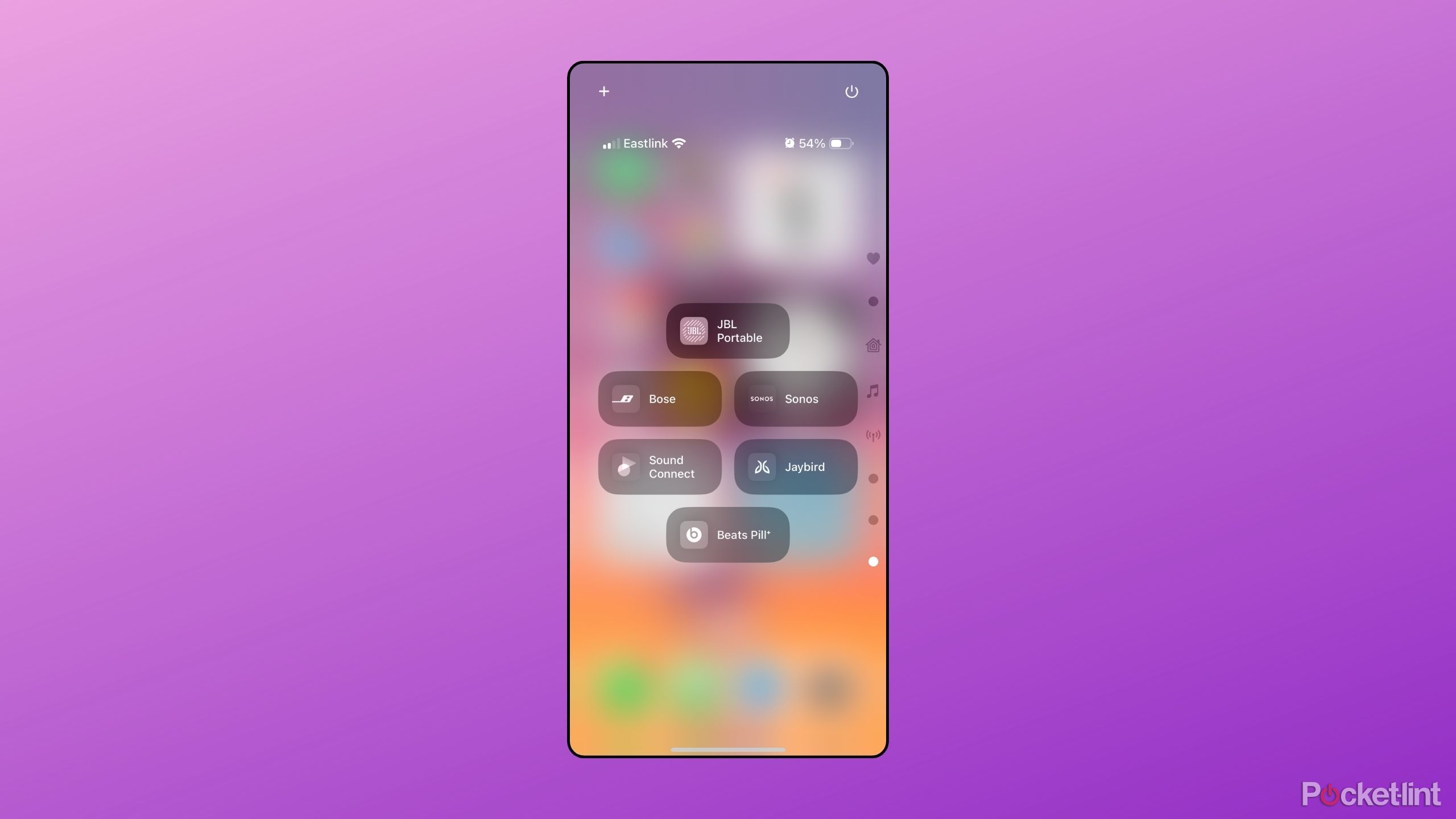Key Takeaways
- Customize iPhone Control Center settings with iOS 18 update for better convenience.
- Add app shortcuts like Settings, Find My, or Compass to Control Center for quick access.
- Pin Passwords, Files, or Bluetooth apps in Control Center for easy availability within reach.
Ever since its debut back in iOS 7, the iPhone’s Control Center has long served as a one-stop-shop for quickly toggling on and off various settings, connectivity ratios, and more. Everything from Wi-Fi, brightness controls, rotation lock, and more, are accessible via this pane, which can easily be accessed by swiping down from the top right-hand corner of the screen.
With the recent release of Apple’s iOS 18 software update, the company has finally introduced a much-requested feature: the ability to customize this control center pane to your exact liking. You can now adjust the shape and size of various system toggles, drag them around the interface, and add and subtract buttons on the fly.
One of the most useful new additions is the ‘Open App’ control option, which is available within the Shortcuts section of the interface. This particular control is incredibly useful, allowing you to easily access any installed app directly from the quick settings pane itself. It didn’t take me long to take advantage of this new option — after some experimentation, here are the 6 apps that have made themselves at home within my own iPhone‘s Control Center.
Related
My 7 favorite iOS 18 features you probably don’t know about
There’s a lot of hyped up features in iOS 18, but here are some of my favorite ones that got overlooked.
1 Settings
Years of Android muscle memory make this one a personal must
When I first heard that Apple was planning a Control Center overhaul for iOS 18, I had my fingers crossed that the company would add a dedicated shortcut for the main Settings app itself. I’ve grown accustomed to quickly jumping into Settings via the quick settings panel on competing platforms, as is the case on Android and Windows.
While Apple did add a dedicated power menu button into iOS 18, it unfortunately neglected to follow suit with Settings.
While Apple added a dedicated power menu button into iOS 18, it unfortunately failed to follow suit with Settings. Luckily, through the power of the ‘Open App’ control option, I now have a Settings tile sitting directly within my main Control Center page. I find this location to be much more convenient and intuitive than the alternative, which would be placing the Settings app onto my iPhone’s home screen.

Related
These 5 iOS 18.2 features make me genuinely excited for Apple Intelligence
iOS 18.2 is expected to land in a few short weeks — here are the features that have me excited to update my iPhone on day one.
2 Find My
A utility that sometimes comes very much in handy
Apple’s Find My is an incredibly useful app that lets you easily keep track of your products’ registered with an Apple Account, as well as tracking gadgets such as AirTags. When enabled, you can even opt to keep tabs on friends and family, which has some benefits when it comes to user safety.
I don’t launch Find My particularly often, but I do like having quick access to the app whenever the need inevitably arises. It’s tough to justify keeping the app icon directly on my home screen, where it takes up space and contributes to digital clutter. Rather, I now situate it within my Control Center for easy and still out-of-the-way access.
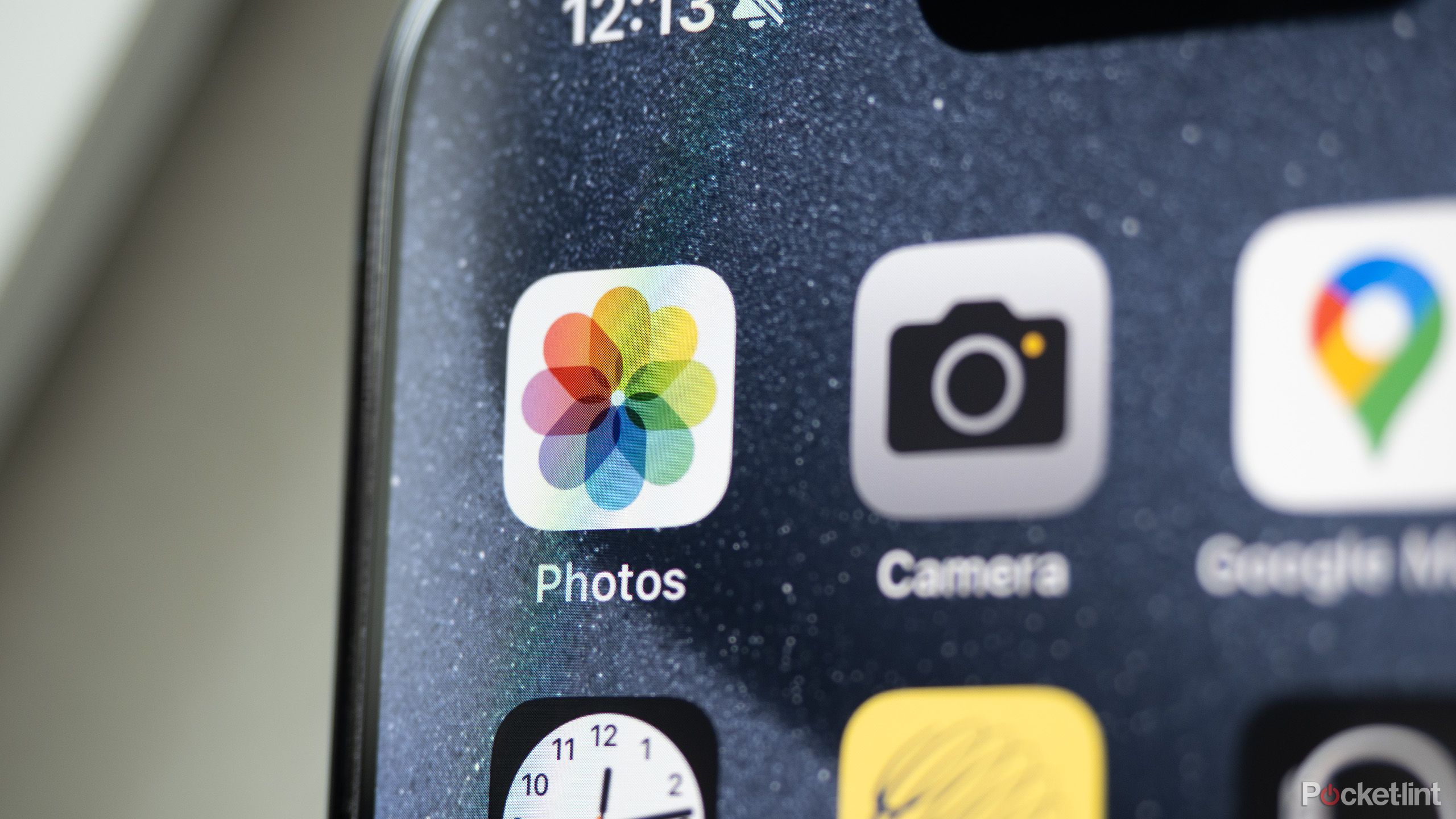
Related
How to make iOS 18’s head scratching new Photos app less confusing
Users have been complaining about iOS 18’s confusing new Photos layout — here’s how to customize it so it’s less daunting to use.
3 Compass
A utility that might not seem that important, but one that certainly has its place
Apple has done a pretty good job of offering default toggle options within iOS 18’s new Control Center interface. You’ll find a rather lengthy selection of settings to choose from, and third-party developers have even started tapping into the feature. Some noteworthy selections were missing on day one — including Wi-Fi, VPN, AirDrop, Measure, and Level toggles. While the company has added these quick settings to the recently released iOS 18.1 update, there’s still one conspicuous absentee: Compass.
As a middle ground, I’ve set up Compass as an app shortcut within my Control Center.
In my case, Apple’s default Compass app falls into the camp of being a necessary utility that I simply don’t use actively enough to justify placing on my home screen. As a middle ground, I’ve set up Compass as an app shortcut within my Control Center, which is precisely the happy medium I was looking for.
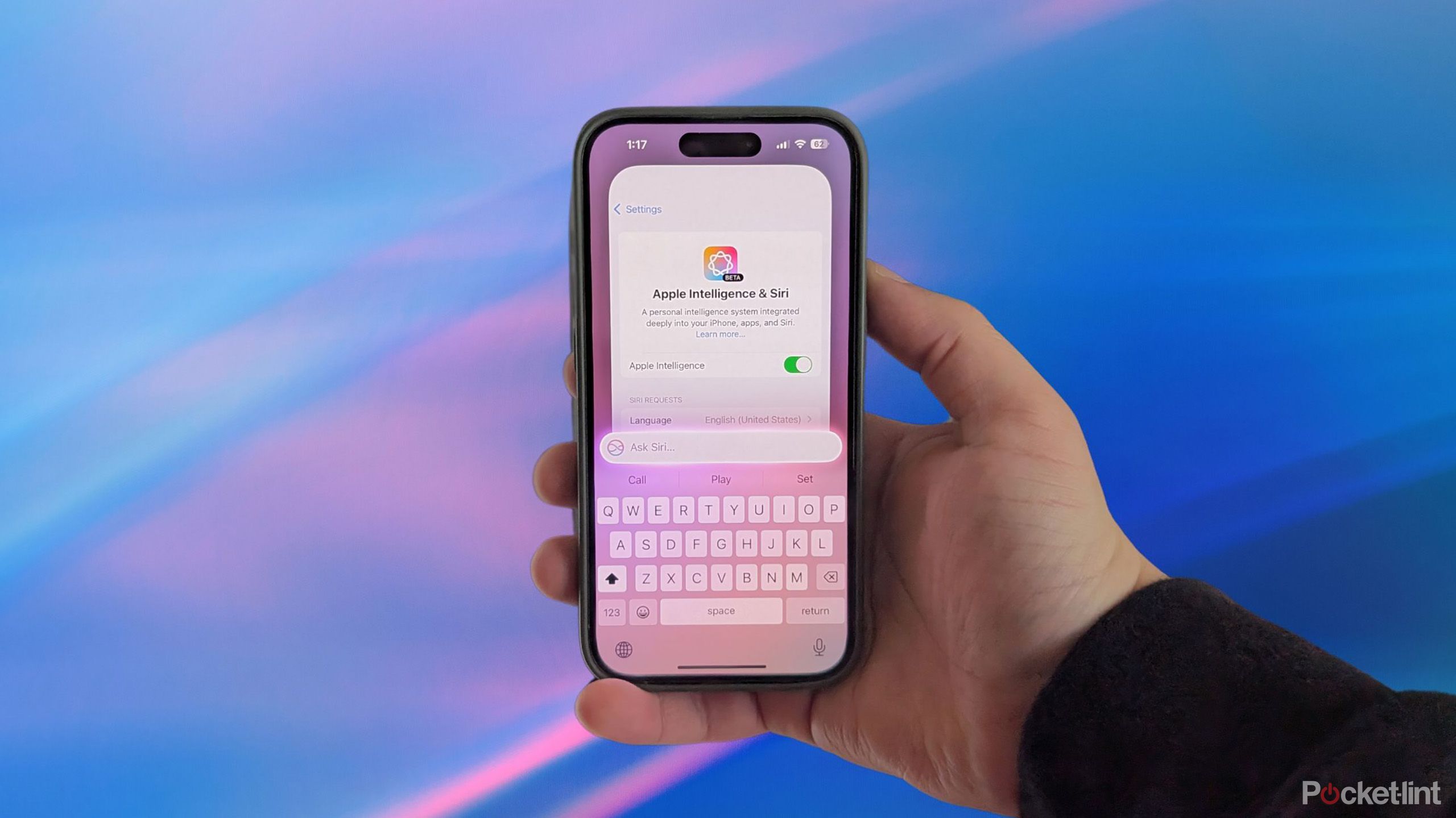
Related
How to start using Type to Siri on iOS 18.1
If you have an Apple Intelligence-capable iPhone, it’s now easier than ever to chat with Siri over text — here’s how to enable the feature.
4 Passwords
Stop writing down your passwords and switch to a password manager
With the release of iOS 18, Apple introduced the Passwords app. The feature existed in previous versions of iOS, but it was nestled deep within the Settings app and, therefore, not readily accessible to the end-user. I’m pretty fond of the new Passwords app, and so I quickly decided to welcome it into my club of Control Center app shortcuts.
Admittedly, I was inspired to integrate this particular app into my Control Center by Apple itself.
Admittedly, I was inspired to integrate this particular app into my Control Center by Apple itself. On macOS 15 Sequoia, it’s possible to pin the Passwords app onto your Menu Bar for quick access, and I felt this ability was so pragmatic that I applied it to iOS. If you use a third-party password manager such as 1Password or Bitwarden, you can just as easily pin these apps instead of Apple’s service. I use Google Authenticator on a regular basis, and so it sits proudly within my Control Center.
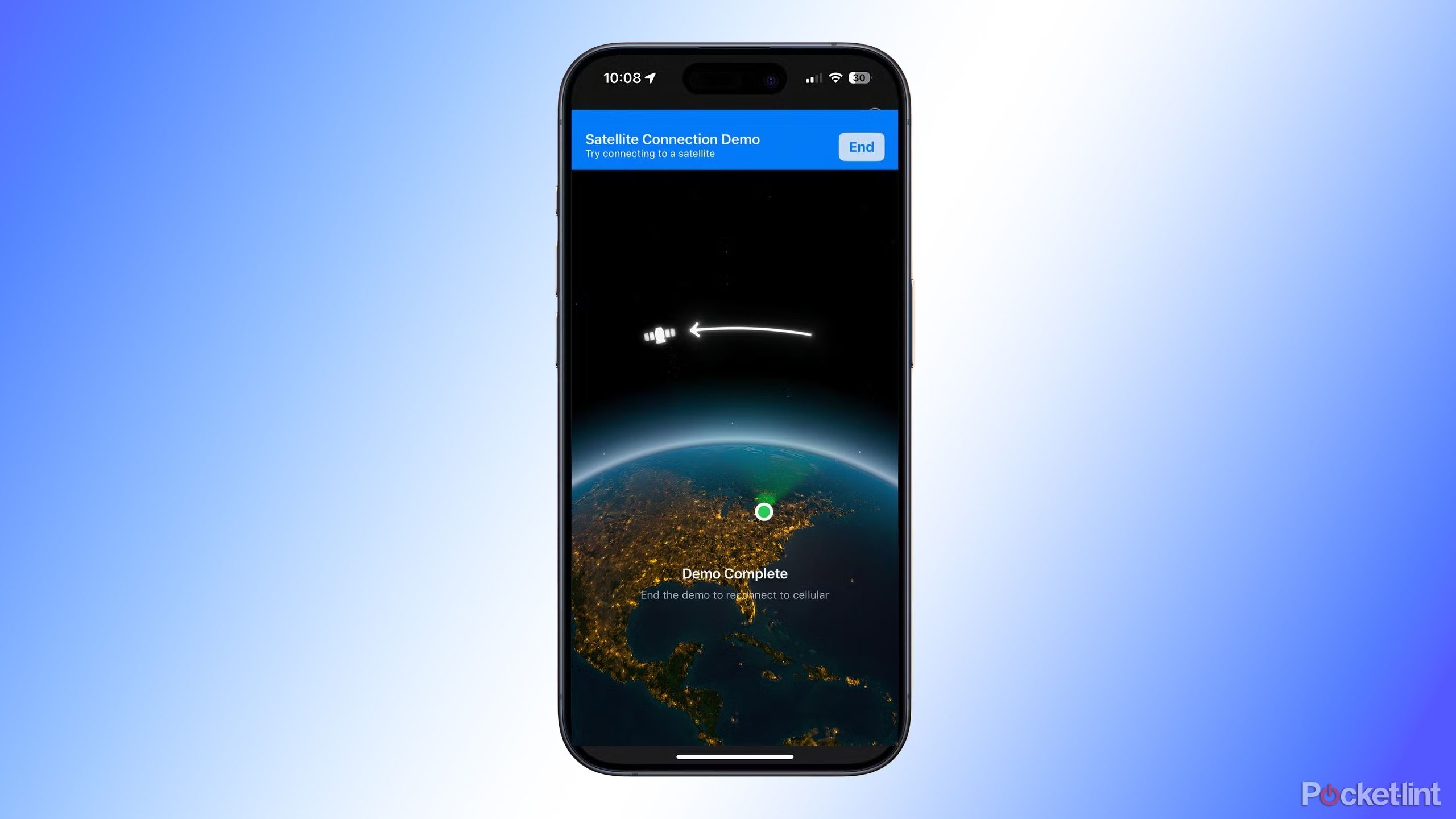
Related
Apple just spent over a billion dollars to boost its satellite services efforts
Apple has invested an additional $1.1 billion into GlobalStar, a satellite services provider.
5 Files
Smartphones are pocket-sized computers, after all
Quick access to a phone’s file browser might seem unnecessary, but it makes all the sense in the world if you’re a power user. I have little need for Apple’s Files app to take up space on my home screen, but the ability to quickly access it via Control Center is a big time saver in my experience.
If you prefer a third-party file management app or if you use a cloud-based service such as Google Drive or Microsoft OneDrive for storing your documents, then you can pin your app of choice much in the same way as with the native Files app. As Apple (hopefully) continues to build up its file management system in iOS, I can imagine myself utilizing the Files app more frequently in the not-so-distant future.

Related
3 annoying things with iOS 18’s Lock Screen that Apple should fix
iOS 18 dramatically improved the ways we can customize our iPhone’s Lock Screen, but it could be better if Apple did this.
6 Sound Connect
Or any other third-party Bluetooth app I might need at my disposal
Modern smartphone accessories — particularly Bluetooth headphones — are notorious for relying on dedicated applications to configure profiles, tune acoustics, and any additional functions. I’m generally not a fan of these apps, as I find them to be often poorly-designed and to teeter on being bloatware.
I dislike being reminded that I have these apps installed on my iPhone, but in many cases, I rely on them to configure my third-party peripherals. I’ve found that placing these apps as shortcuts within my Control Center keeps them within easy reach, without mucking up my digital space in the process.
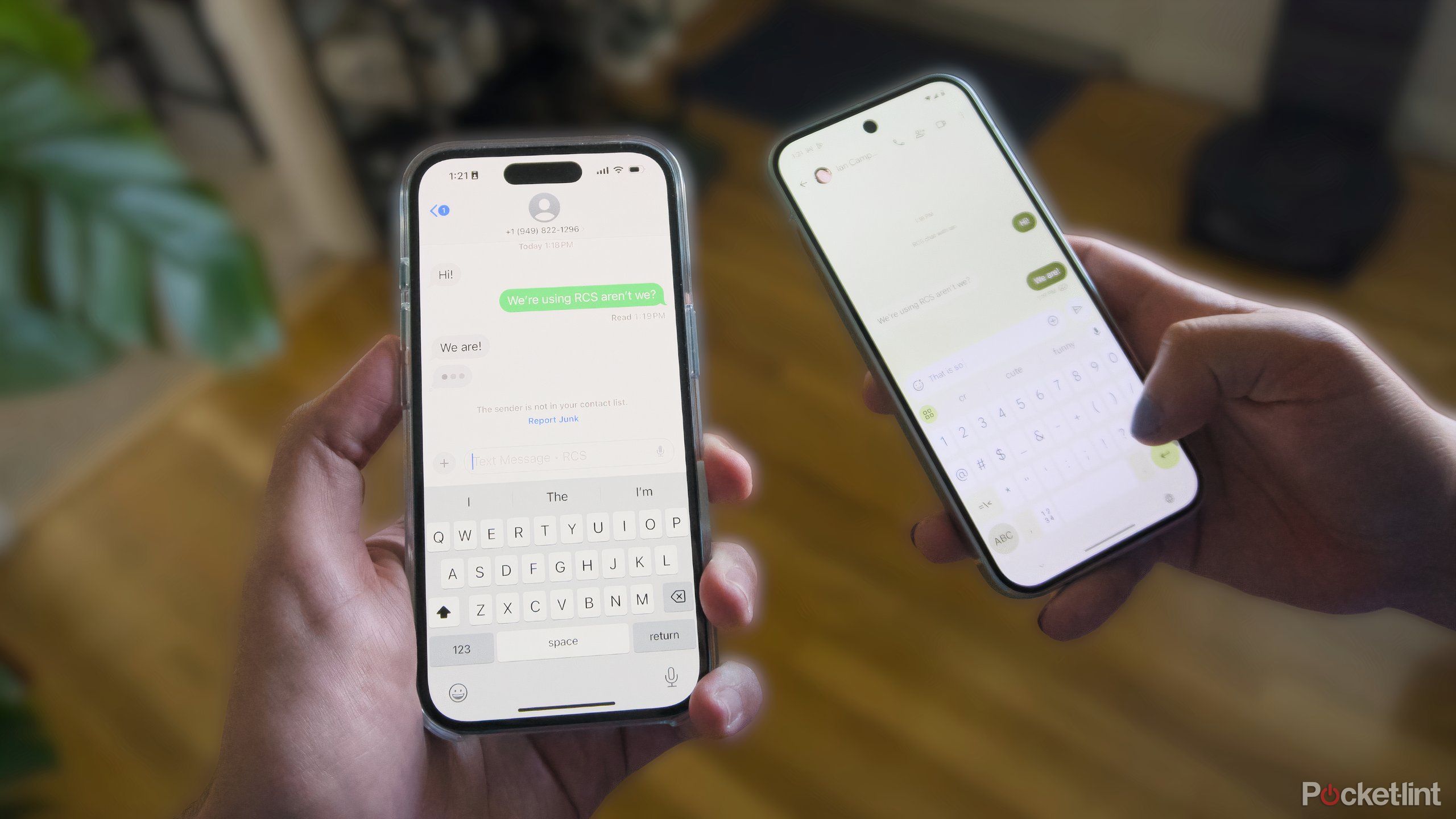
Related
Apple’s rollout of RCS in iOS 18 has not been a success
The introduction of RCS in Apple’s latest update has not unified messaging between Android and iOS in the way many were expecting.
Trending Products

GAMDIAS ATX Mid Tower Gaming Computer PC Case with Side Tempered Glass Swing Door, 1x 120mm ARGB Fan & Front Panel Sync with ARGB Motherboards, Vertical VGA/GPU Slots for Your Graphic Cards

Acer Aspire 1 A115-32-C96U Slim Laptop | 15.6″ FHD Display | Intel Celeron N4500 Processor | 4GB DDR4 | 128GB eMMC | WiFi 5 | Microsoft 365 Personal 1-Year Subscription | Windows 11 in S Mode, Silver

TP-Link AX5400 WiFi 6 Router (Archer AX73)- Dual Band Gigabit Wireless Internet Router, High-Speed ax Router for Streaming, Long Range Coverage, 5 GHz

HP 24mh FHD Computer Monitor with 23.8-Inch IPS Display (1080p) – Built-In Speakers and VESA Mounting – Height/Tilt Adjustment for Ergonomic Viewing – HDMI and DisplayPort – (1D0J9AA#ABA)

Acer SH242Y Ebmihx 23.8″ FHD 1920×1080 Home Office Ultra-Thin IPS Computer Monitor AMD FreeSync 100Hz Zero Frame Height/Swivel/Tilt Adjustable Stand Built-in Speakers HDMI 1.4 & VGA Port

Wireless Keyboard and Mouse, Ergonomic Keyboard Mouse – RGB Backlit, Rechargeable, Quiet, with Phone Holder, Wrist Rest, Lighted Mac Keyboard and Mouse Combo, for Mac, Windows, Laptop, PC

ASUS TUF Gaming A15 (2024) Gaming Laptop, 15.6” FHD 144Hz Display, NVIDIA® GeForce RTX™ 3050, AMD Ryzen™ 5 7535HS, 8GB DDR5, 512GB PCIe® Gen4 NVMe™ SSD, Wi-Fi 6, Windows 11, FA506NC-ES51


